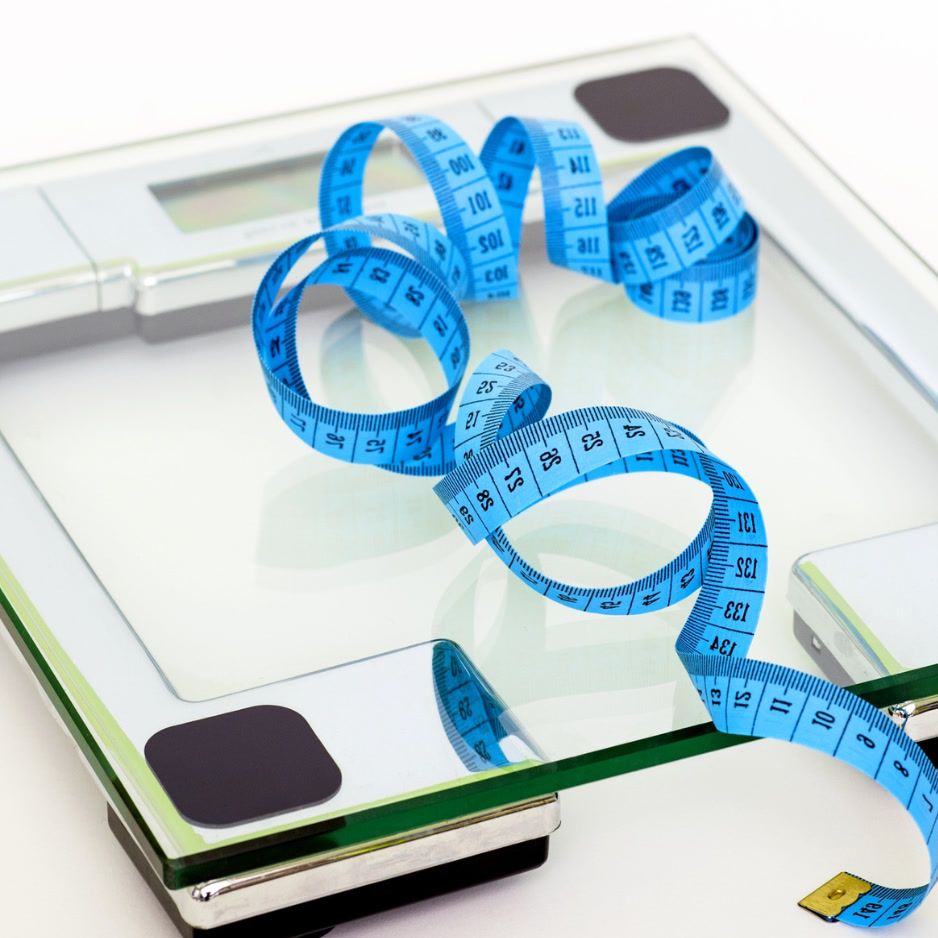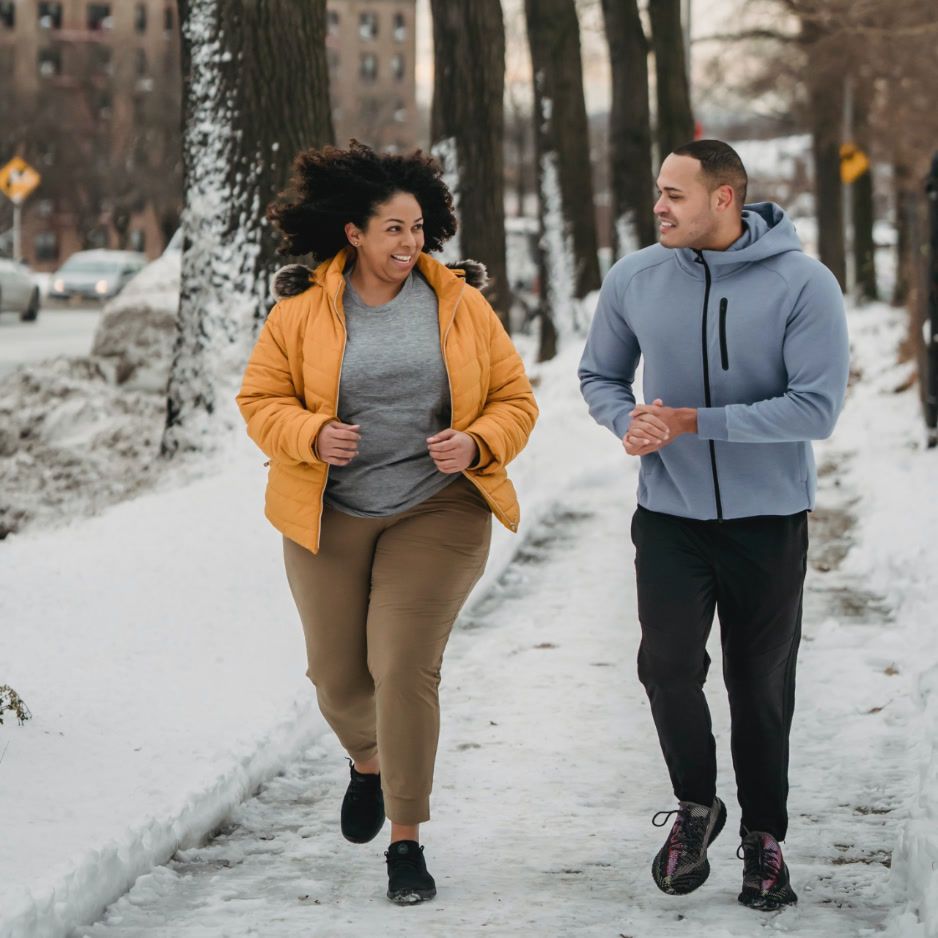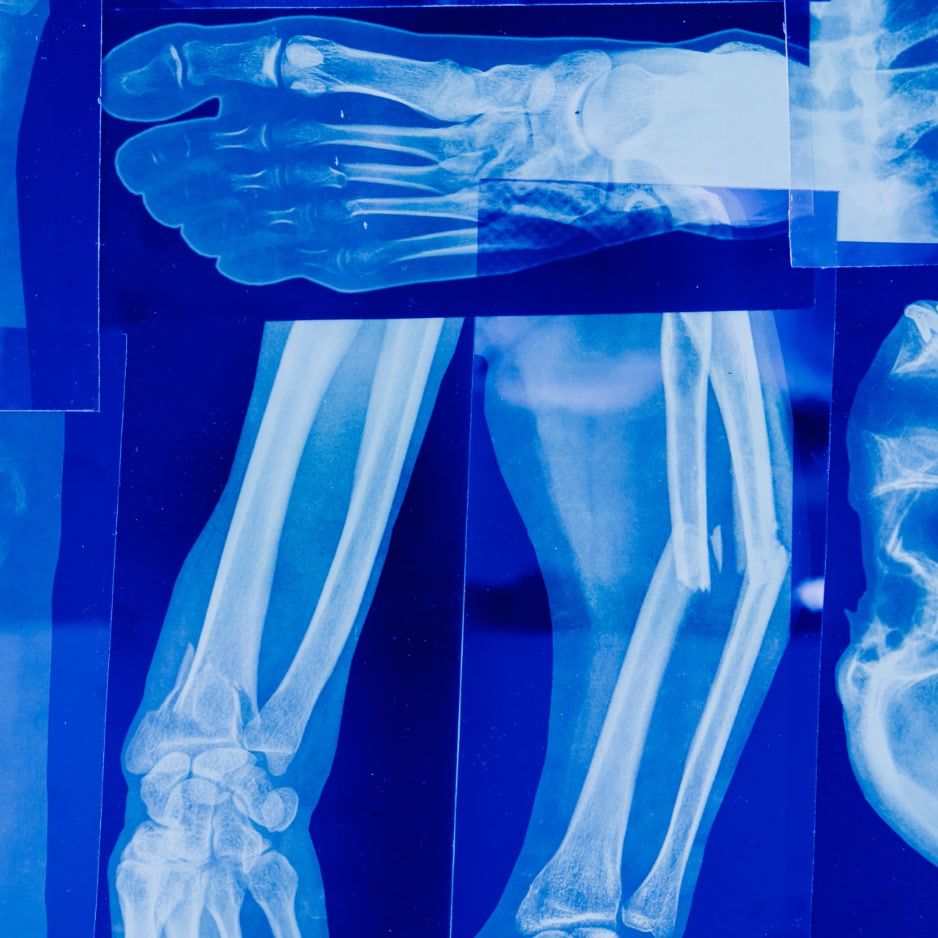DEXA Scan for Visceral Fat: Accuracy, Cost & Results

DEXA Scan for Visceral Fat: Accuracy, Cost & Results
A DEXA scan for visceral fat gives you a fast, validated, objective estimate of the deep belly fat that wraps around your organs. Visceral fat is closely tied to health risks such as insulin resistance, heart disease, fatty liver, and hypertension (UC Davis DXA overview).
A full-body DEXA scan can quantify visceral adipose tissue (VAT) quickly and safely, establishing a precise baseline for tracking your improvements over time.
Key Takeaways
- DEXA estimates visceral fat from a quick, low-dose whole-body scan.
- It correlates well with MRI/CT, but certain groups (e.g., very lean athletes, post-bariatric patients) may see differences.
- VAT area risk tiers are often cited at ≥100 cm² (elevated) and ≥160 cm² (high).
- Radiation is extremely low—about a day of background exposure.
- Pricing: BodySpec scans cost $40–$60 per scan (view current pricing packages).
How DEXA Scans Measure Visceral Fat
A DEXA whole-body scan uses two low-energy X-ray beams to differentiate bone, lean tissue, and fat.
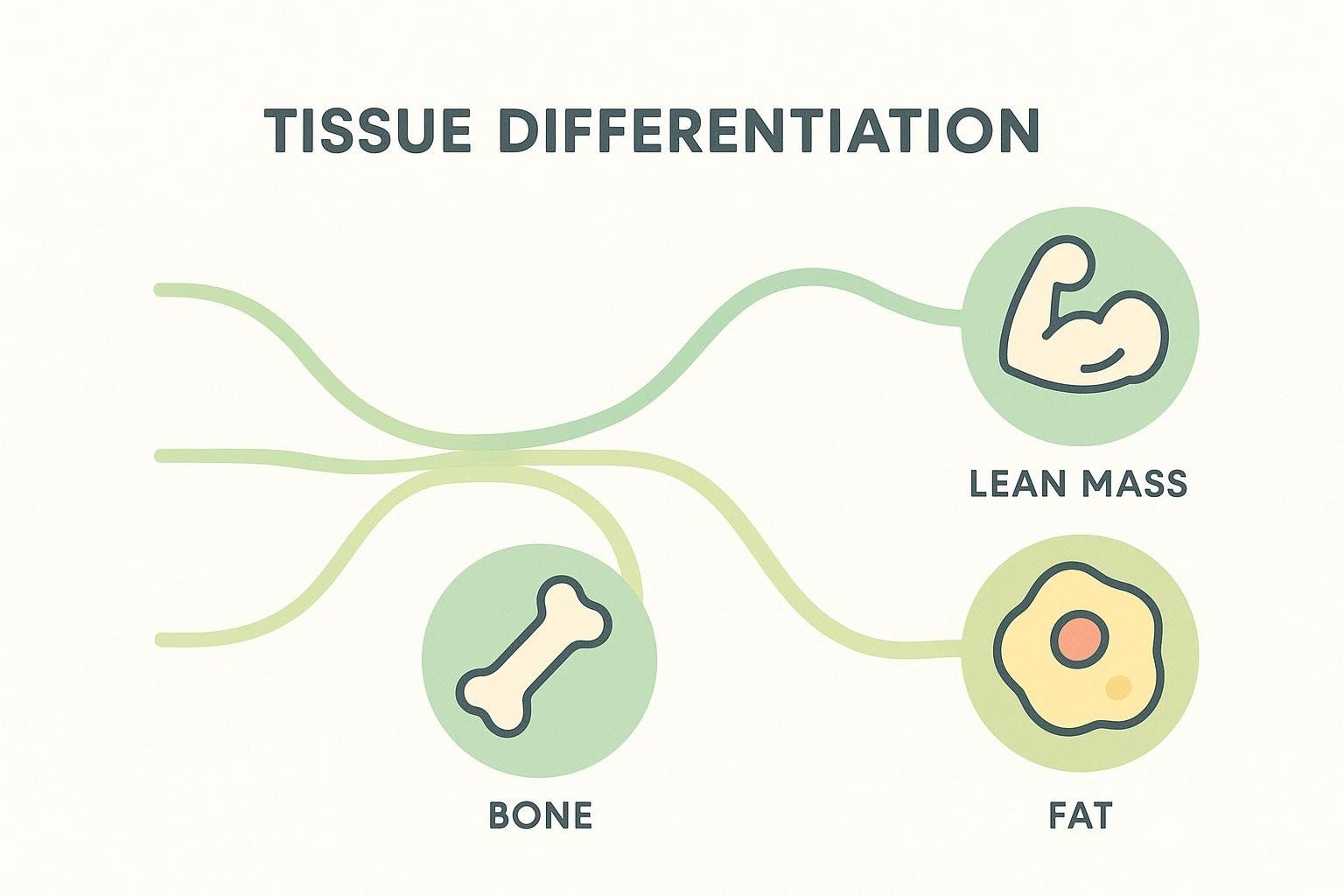
On GE Lunar systems used at BodySpec, VAT is derived within the waist region using CoreScan. The software first estimates subcutaneous fat. It then subtracts that from total abdominal fat to yield a visceral fat estimate. Depending on device and settings, results may be reported as mass (g), volume (cm³), and/or area (cm²) (DXA body-composition review; Obesity precision analysis using GE CoreScan).
The two main DEXA manufacturers, GE and Hologic, use slightly different methods to measure visceral fat. This means results from one brand’s machine may not be directly comparable to another’s.
Ensuring comparability at BodySpec
While manufacturer differences can change absolute VAT readings, you can scan at any BodySpec location—including our mobile vans—and trust that your results are precise and comparable because we:
- Run strict QA with twice-daily phantom checks on every scanner
- Calibrate across locations (including mobile) to harmonize the fleet
- Monitor performance data centrally to catch and correct drift early
Learn more in our guides on DEXA scan accuracy and mobile scan quality standards.
If you switch between device brands, standardization equations can help make results comparable (device-standardization study, 2024).
How accurate is DEXA for visceral fat?
Short answer: With consistent preparation (see Preparing for your DEXA VAT scan), DEXA VAT tracks well with MRI/CT at the group level and is precise enough to monitor personal trends—though there are some population-specific caveats.
What the research says:
- Athletes: DEXA and MRI VAT show a very strong relationship overall, but DEXA may overestimate at very high VAT volumes (>600 cm³) in heavyweight athletes (2022 athlete study).
- Severe obesity with large weight loss: DEXA captured the direction of VAT change but underestimated the magnitude vs MRI across 12–24 months after bariatric surgery (2023 bariatric surgery study).
- Precision and LSC on GE CoreScan: An Obesity journal analysis reported a least significant change (LSC) of ~130.6 g for VAT mass on GE CoreScan—changes smaller than that may be within measurement noise (Obesity precision analysis).

What is a “good” visceral fat number?
Depending on the device, you may see VAT reported in grams, cm³, or cm². While universal clinical cutoffs are still being standardized, commonly cited risk tiers for area (cm²) are:
- < 100 cm²: generally lower risk
- ≥ 100 cm²: elevated risk
- ≥ 160 cm²: high risk
This range is echoed in clinical references like UC Davis Sports Medicine (UC Davis DEXA reference guide).
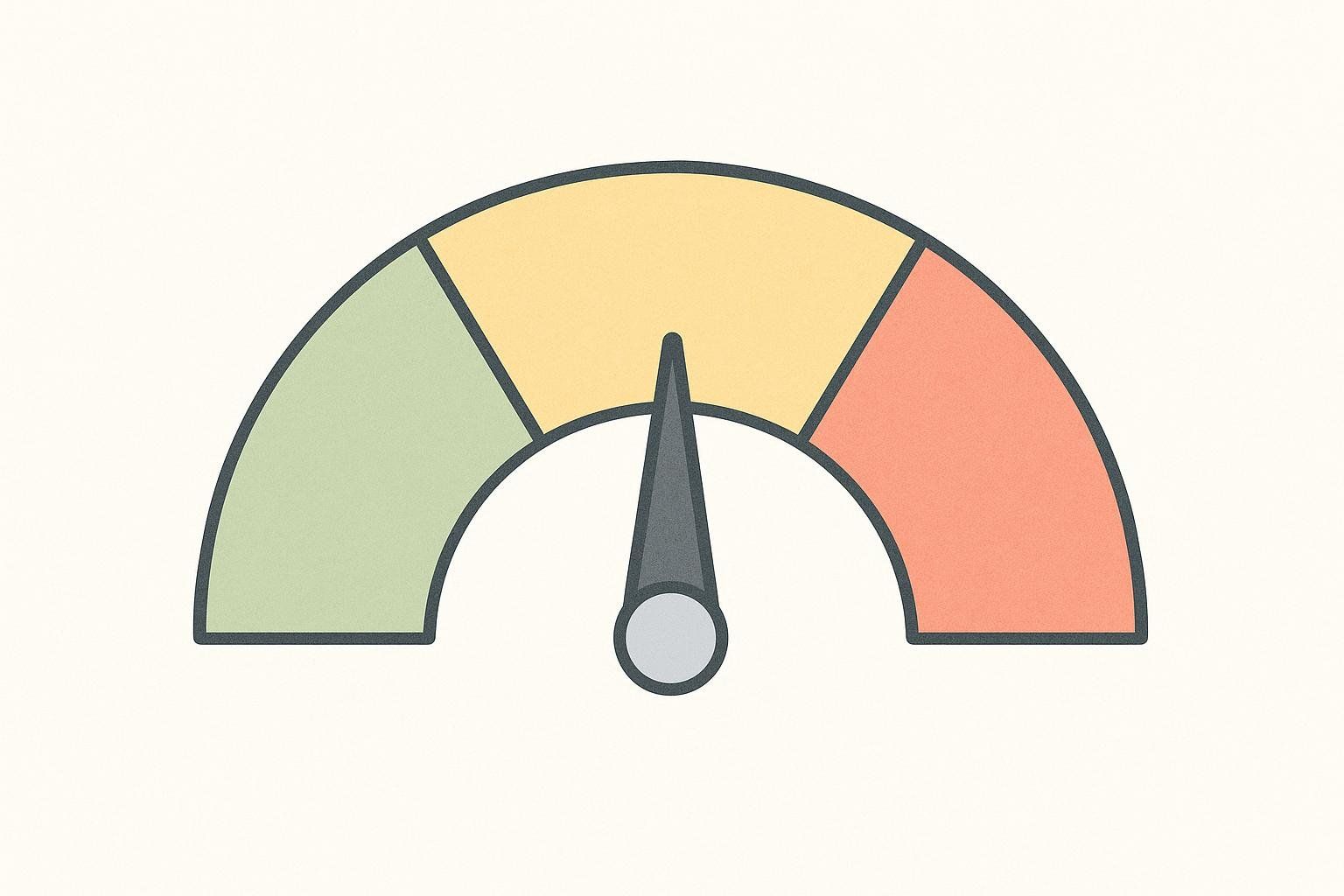
These thresholds should be interpreted alongside age, sex, BMI, and other risk markers. For a population comparison, use age- and sex-specific percentiles: Visceral Fat Percentile Charts.
How your VAT score links to health
DEXA-derived VAT is a strong predictor of metabolic risk markers and impaired glucose tolerance. In some cohorts, it even outperforms BMI and waist as a risk indicator (2016 study on VAT and metabolic risk). Elevated VAT is linked to:
- Higher triglycerides and unfavorable lipid profiles
- Greater insulin resistance and higher fasting glucose
- Increased odds of metabolic syndrome, especially in women
Visceral fat is metabolically active. It releases inflammatory proteins and hormones that disrupt insulin signaling and blood lipids. This helps explain its strong link to cardiometabolic disease.
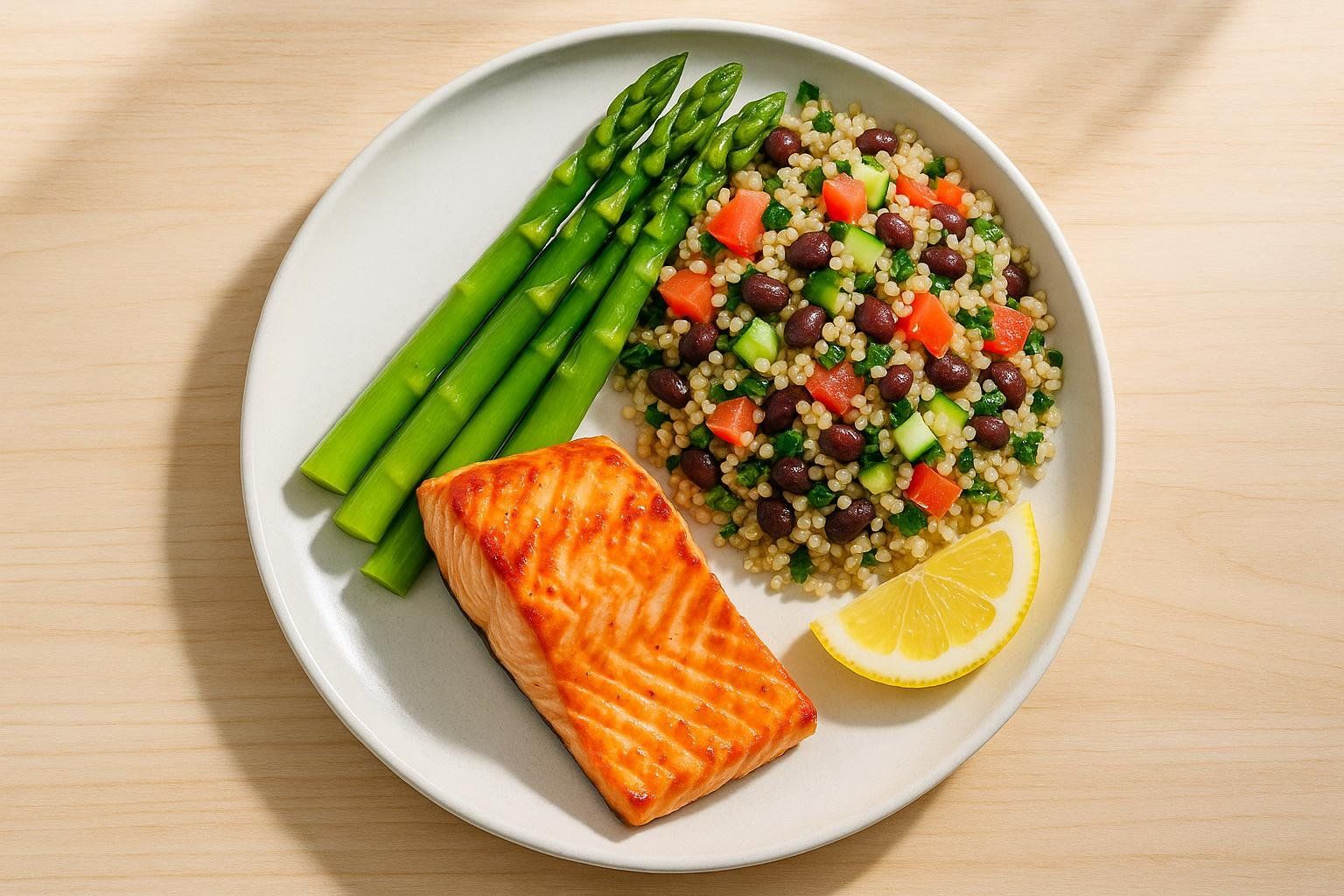
Use your baseline to set goals and recheck after 8–12 weeks of targeted nutrition and training. For a detailed plan, read our guide on How to Lose Visceral Fat. To see real-world trends from thousands of scans, explore our analysis of BodySpec scan data.
Preparing for your DEXA VAT scan
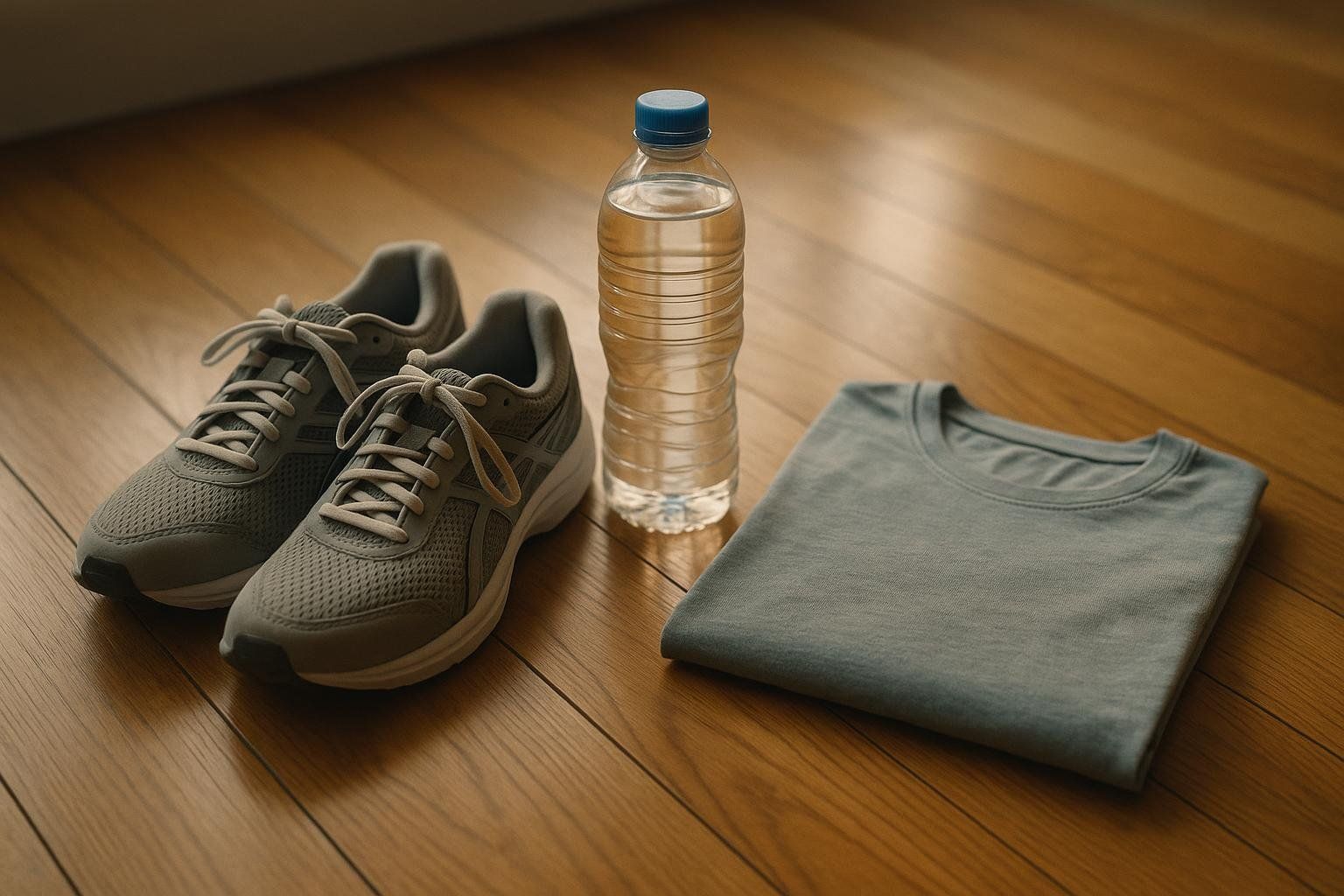
Consistency reduces natural day-to-day fluctuations in your body so you can trust your trend lines:
- Arrive in the same state each time: similar time of day, 4–6 hours after your last meal, and normally hydrated.
- Skip hard workouts and sauna for ~12 hours pre-scan to avoid transient fluid shifts.
- Wear light, metal-free clothing; remove jewelry and wearables.
- Wait 10–14 days after any barium/contrast study.
Full checklist: Prepare for Your BodySpec Scan
Safety: How much radiation is in a DEXA VAT scan?
DEXA uses very low-dose X-rays. A typical whole-body scan is just a few microsieverts—roughly a day of natural background radiation and far below a single chest X-ray. Learn more in our DEXA scan safety guide and our guide to the scan’s low radiation dose. Pregnancy is a contraindication for DEXA scans. Consult your doctor before scheduling if you are or may be pregnant.
Cost of a DEXA Scan for Visceral Fat

- Prices range from $40-$60. Memberships and multi-scan packages reduce the per-scan price and are popular for people tracking progress over several months. See current options: view current pricing packages.
- Typical market ranges: Cash-pay prices for body-composition DEXA scans in the U.S. vary by region and provider. Hospital-based imaging centers are usually higher, while dedicated body-comp services tend to be lower. For broader context, see our guide on typical DEXA scan costs.
- Insurance coverage: Full-body composition DEXA scans are generally not covered by insurance. Diagnostic bone-density (hip/spine) DEXA may be covered when ordered by a physician for specific indications; that is a different test and billing pathway.
How often should you rescan for VAT?
- General progress checks: every 8–12 weeks during a nutrition or training phase
- Focused cut/recomp blocks: monthly, if you keep prep identical
- Clinical programs (e.g., physician-guided weight loss): align timing with your care plan
For broader change tracking (fat %, muscle, bone), see the interpretation guide: Interpreting DEXA Results.
Book Your DEXA Scan Today
BodySpec offers fast, VAT-enabled body-composition scans with immediate results across multiple regions—and we’re expanding. Book your DEXA scan for visceral fat.
FAQ
How long does a DEXA visceral fat scan take?
The scan itself typically takes 6–10 minutes. Plan on 15–20 minutes total for check-in, positioning, and results review.
Is the scan uncomfortable?
No. You’ll lie still on a padded table. The scanner arm moves quietly above you without touching you.
Do I need a doctor’s order or insurance?
No doctor’s order is required for a full-body composition DEXA at BodySpec. These scans are usually cash-pay and not billed to insurance.
What will my results include?
Your report shows visceral fat (VAT) alongside total and regional fat, lean mass, and an overall bone-density estimate. For help reading it, see Interpreting DEXA Results.
How can I make results as consistent as possible?
Keep prep identical: same time of day, normal hydration, avoid hard workouts for ~12 hours, and wear similar light clothing. Follow the scan prep checklist.
This information is for educational purposes only and is not medical advice. Consult your healthcare provider before making health decisions.
